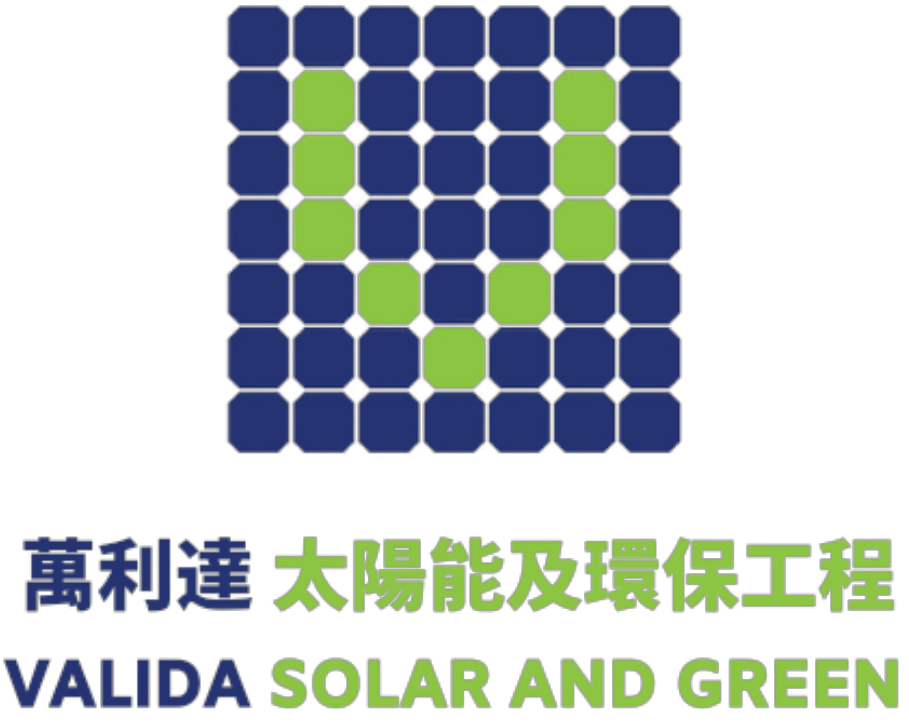Public Misconceptions towards
Solar Energy System
Are the mono-crystalline solar panel better than poly-crystalline?
Let’s look at the difference between single crystal and polycrystal first:
Appearance: The four corners of mono-crystalline silicon (Figure 1) are rounded, with no patterns on the surface, close to black. The four corners of poly-crystalline (Figure 2) have square corners with patterns and are light blue.
Conversion rate: Varies, but generally, monocrystalline efficiency is 20% and poly-crystalline silicon 17%.
Cost: Poly-crystalline panels are less expensive than mono-crystalline and the manufacturing process is relatively easier.
Attenuation rate: Mono-crystalline and poly-crystalline have their own characteristics, it’s not possible to tell the attenuation by their types. Relatively speaking, the quality of the product has a greater impact on the attenuation rate.
Power generation: The factor that affects the generation is the packaging, making process, material and application environment, but not because of the type of panels.
Conclusion: In the past, it was true that mono-crystalline were better than poly-crystalline. However, with the development of new technology, both work equally well these days.
For users, it is not important to choose single crystal or polycrystalline. It is most important to choose a good balance: price, conversion rate, ideal income and quality!
單晶硅
多晶硅
2. The larger the Wattage of the panels, the better are they?
When choosing for panels, don’t only focus on the Wattage of the panels, but also the area/ size of the panels. So when you choose for a panel, you should compare the Watt/ m2 instead of just focusing on the wattage.
The larger the wattage or the larger the area of solar panels, the higher the price.
Therefore, when designing, we should consider how to make good use of the size of each available inch, and consider the target price of customers , instead of blindly pursuing wattage numbers.
3. What is the best position to place for the solar panels?
Hong Kong is located at 22 degrees north latitude, solar panels should place at a 22 degree angle to the south in order to yield for the maximum sunlight hours.
At the same time, the panels with a tilted angle provide a self-cleaning functionality, where dust and dirt can be washed away during rain.
4. Do solar panels generate electricity during cloudy and rainy days?
Even during a cloudy/ rainy day, the system can still produce electricity, but of course the energy yield is much lower than in a sunny perfect day. Therefore, when we calculate the annual average sunlight hours, we have already taken into account the cloudy or rainy hours, hence, the annual average sunlight hours is 2.8-3.1 hours.
5. Will the solar energy system generate electricity? And are they noisy?
The mechanism behind solar energy is to convert light directly into direct current (DC) and then converts it into alternating current (AC) through an inverter. There are neither chemical changes, nor nuclear reactions, so solar power generation will not have any radiation, like nuclear energy.
The inverter is just like any general electronic product and is encased with a metal shell on the outside, so don’t worry about if there will be any radiation that harm human body. If that’s the question to ask, perhaps we should worry about our mobile phones and computers first, as they’re much closer to us.
The solar panel will only be responsible for energy conversion, but no mechanical parts running inside. Hence, it produces absolute no noise.
However, inverters and isolation regulators are likely to cause noise. So choose high-quality products.
Poor installation may cause loosening of solar panels and brackets, or the electrical cables beating against the solar panels. It may cause noise and hence should choose good design and patent products.
6. Are solar panels the only important component in the system?
No, an ideal system requires a good structure/ mounting structure, inverter, isolation transformer.
Inverter: In order to ensure the normal operation of the solar photovoltaic power generation system, it is important to choose the correct configuration of the inverter. Its main function is to replace direct current (DC) with alternating current (AC).
Isolation Transformer: Their role is to stabilise the voltage so that there is no impact on the power company’s system when it is connected to the grid.
The efficiency of inverters and voltage regulators has an important impact on the power generation system to increase the effective power generation. Therefore, when choosing inverters and voltage regulators, try to compare them as much as possible, and choose products with higher overall efficiency.
Smart meter is provided and installed by power company, in order to allow users to check the total amount of electricity generation.



